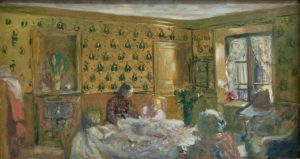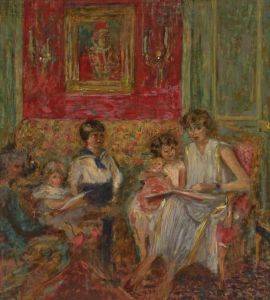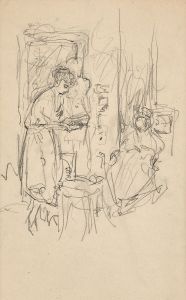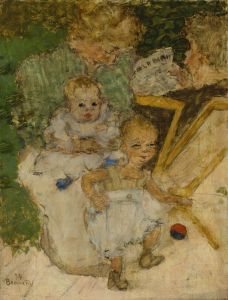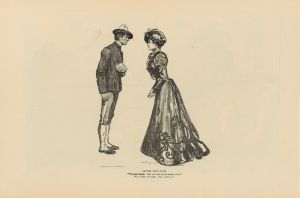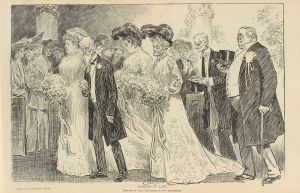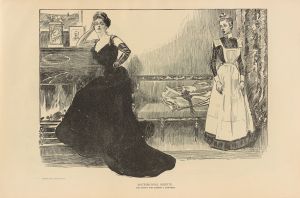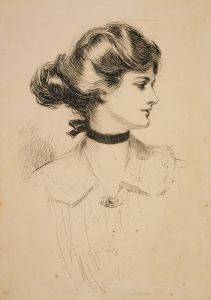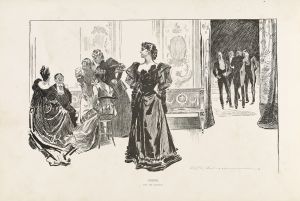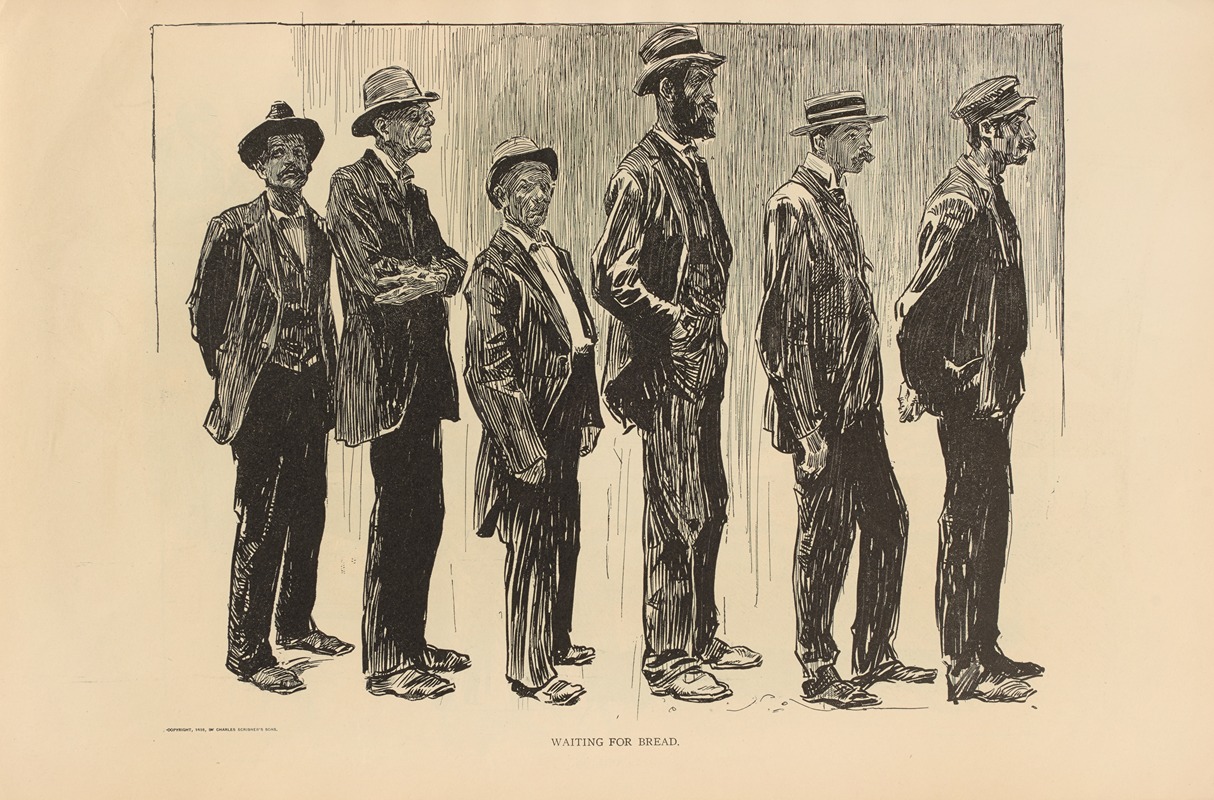
Waiting for bread
A hand-painted replica of Charles Dana Gibson’s masterpiece Waiting for bread, meticulously crafted by professional artists to capture the true essence of the original. Each piece is created with museum-quality canvas and rare mineral pigments, carefully painted by experienced artists with delicate brushstrokes and rich, layered colors to perfectly recreate the texture of the original artwork. Unlike machine-printed reproductions, this hand-painted version brings the painting to life, infused with the artist’s emotions and skill in every stroke. Whether for personal collection or home decoration, it instantly elevates the artistic atmosphere of any space.
"Waiting for the Bread Line" is a poignant illustration created by the American artist Charles Dana Gibson. Gibson, born in 1867, was a prominent illustrator best known for his creation of the "Gibson Girl," an iconic representation of the idealized American woman at the turn of the 20th century. His work appeared in numerous magazines, including Life, Harper's Weekly, and Scribner's, making him one of the most influential illustrators of his time.
"Waiting for the Bread Line" was created in 1912, a period marked by significant social and economic changes in the United States. The illustration captures a scene that reflects the harsh realities faced by many Americans during this era. It depicts a group of men standing in line, waiting for food, a stark representation of poverty and unemployment.
The men in the illustration are dressed in worn-out clothing, their expressions somber and resigned. The detailed line work and shading that Gibson employs emphasize the bleakness of their situation. This piece is often interpreted as a commentary on the economic struggles that were prevalent during the early 20th century, a time when many people were grappling with the effects of industrialization and the accompanying social upheavals.
Gibson's work, including "Waiting for the Bread Line," is characterized by its keen observation of social issues and its ability to convey complex emotions through simple yet powerful imagery. His illustrations often went beyond mere decoration, providing insightful commentary on the societal norms and challenges of his time.
"Waiting for the Bread Line" remains a significant work in Gibson's oeuvre, illustrating his ability to capture the human condition with empathy and precision. It serves as a historical document, offering a glimpse into the struggles faced by many during a transformative period in American history. The illustration continues to be studied and appreciated for its artistic merit and its poignant reflection on the socioeconomic issues of the early 20th century.






